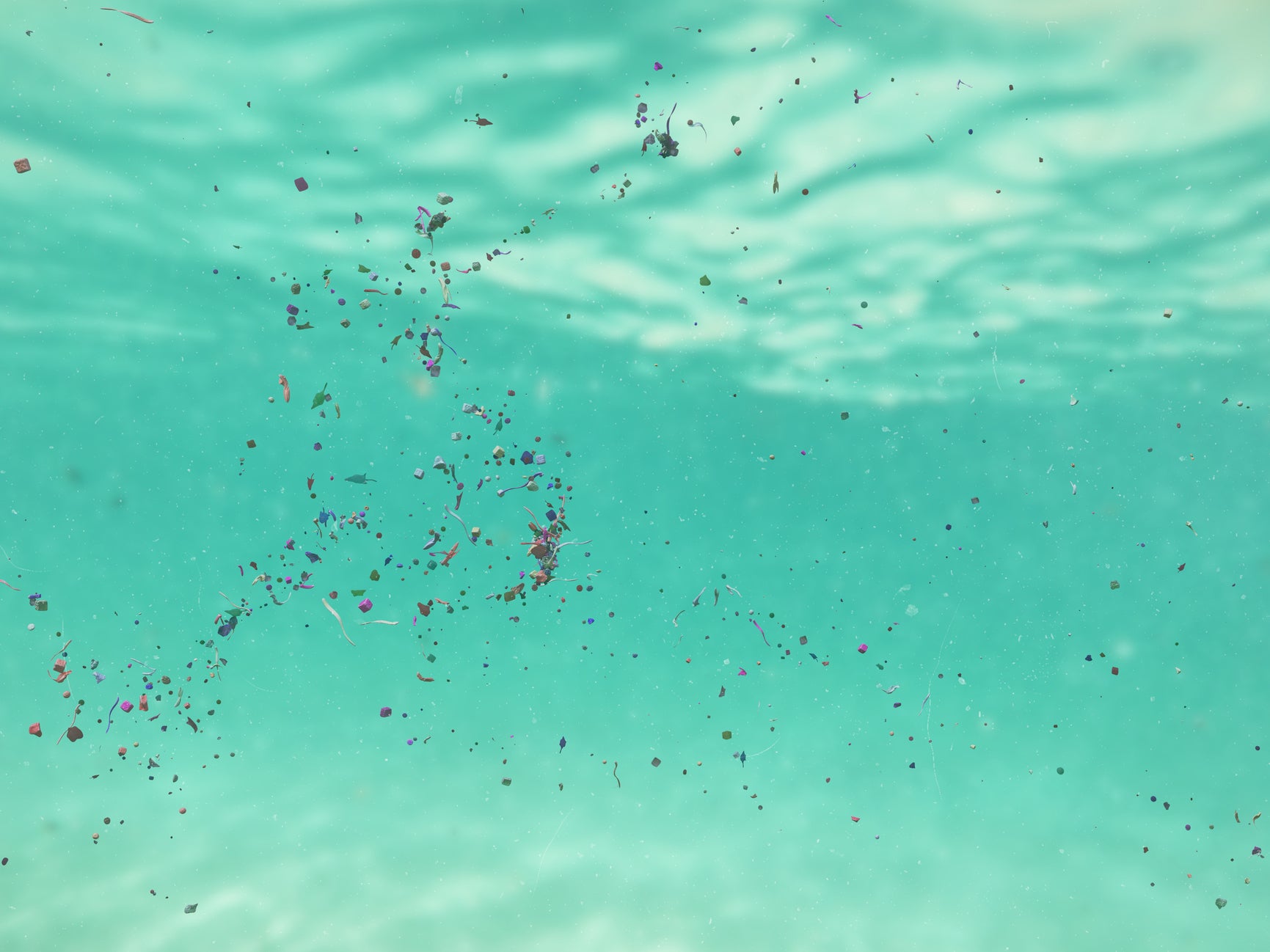Thousands of tonnes of microfibres released into European marine environments every day, research reveals
Household laundry ‘releasing equivalent of two bin lorries’ of pollution every day, though most is organic material

Your support helps us to tell the story
From reproductive rights to climate change to Big Tech, The Independent is on the ground when the story is developing. Whether it's investigating the financials of Elon Musk's pro-Trump PAC or producing our latest documentary, 'The A Word', which shines a light on the American women fighting for reproductive rights, we know how important it is to parse out the facts from the messaging.
At such a critical moment in US history, we need reporters on the ground. Your donation allows us to keep sending journalists to speak to both sides of the story.
The Independent is trusted by Americans across the entire political spectrum. And unlike many other quality news outlets, we choose not to lock Americans out of our reporting and analysis with paywalls. We believe quality journalism should be available to everyone, paid for by those who can afford it.
Your support makes all the difference.The vast majority of microfibres entering our oceans via clothes washing may not be synthetic fibres as previously thought, but are likely to be organic materials such as cotton and wool, a study has found.
Nonetheless, clothes washing still releases vast quantities of microfibres, whose impact on the marine environment is not fully understood.
Researchers from Northumbria University working in partnership with Procter & Gamble, makers of products such as Ariel, Tide, Downy and Lenor, found that 13,000 tonnes of microfibres, equivalent to two bin lorries every day, are being released into European marine environments every year.
The research team said it is the first major forensic study into the environmental impact of microfibres from real soiled household laundry.
The analysis revealed an average of 114 mg of microfibres were released per kilogram of fabric in each wash load during a standard washing cycle.
Scientists have speculated for some time that these microfibres may cause more harm than microbeads, which were banned from UK and US consumer products in recent years.
The researchers found that 96 per cent of the fibres released were natural, coming from cotton, wool and viscose, with synthetic fibres, such as nylon, polyester and acrylic accounting for just 4 per cent.
The scientists said the natural fibres from plant and animal sources biodegrade much more rapidly than the synthetic fibres. A previous study has identified that cotton fibres degraded by 76 per cent after almost eight months in wastewater, compared to just 4 per cent deterioration in polyester fibres over the same amount of time.
This means that natural fibres will continue to degrade over time, whereas petroleum-based microfibres plateaued and can be expected to remain in aquatic environments for a much longer period.
John Dean, professor of analytical and environmental sciences at Northumbria University, who led the study, said: “This is the first major study to examine real household wash loads and the reality of fibre release. We were surprised not only by the sheer quantity of fibres coming from these domestic wash loads, but also to see that the composition of microfibres coming out of the washing machine does not match the composition of clothing going into the machine, due to the way fabrics are constructed.
“Finding an ultimate solution to the pollution of marine ecosystems by microfibres released during laundering will likely require significant interventions in both textiles manufacturing processes and washing machine appliance design.”
The research team said using less energy intensive washing techniques reduced the amount of fibres lost from clothes. They said they achieved a 30 per cent reduction in the amount of microfibres released when they ran a 30-minute 15C wash cycle, in comparison to a standard 85-minute 40C cycle, based on typical domestic laundering.
Furthermore, they found the more water used in each wash, the more fibres were stripped from the clothes.
“If households changed to cooler, faster washes, they would potentially save 3,813 tonnes of microfibres being released into marine ecosystems in Europe,” the study said.
The team also noted new clothes release more microfibres than older clothes.
They said the research “provides evidence for appliance manufacturers to introduce filtering systems into the design of machines and develop approaches to reduce water consumption in laundry.”
The paper, Microfiber Release from Real Soiled Consumer Laundry and Impact of Fabric Care Products and Washing Conditions is published in the journal Plos One.
Join our commenting forum
Join thought-provoking conversations, follow other Independent readers and see their replies
Comments